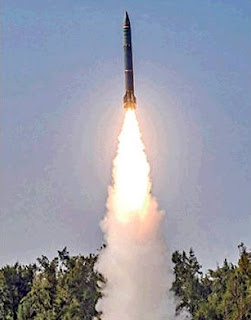The number of Indians who became foreign citizens in just nine months between January and September 2021 is 25 times that of foreigners becoming Indian citizens in five years.
Separate data from the ministry of external affairs and ministry of home affairs show that while more than 1. 1 lakh Indians renounced their citizenship in favour of another country’s in the first nine months of 2021, India granted citizenships to 4,177 foreigners in the five years between January 2016 and December 2020.
Another 10,635 applications seeking Indian citizenship are pending with the MHA as of December12, 2021. And, even if all these are granted citizenship — unlikely going by the number of applications approved in each of the past five years — the number of foreigners who become Indians would only be 14,815.
Comparatively, MEA data shows nearly 6. 1 lakh Indians became foreign citizens between 2017 and 2021, and it is more than 8 lakh if 2016 figures are included.
Vikram Shroff, leader, HR Law at Nishith Desai Associates, says: “. . . The number of Indians preferring citizenships of other countries, especially the developed ones, is expected to continue to happen as has been the trend. However, there are a few countries, including some smaller European and other countries outside of North America that are constantly making it easier for talented people to gain residency, which in turn makes it easy to obtain citizenship. ”
Another expert pointed out that given the large population that India has, resources and opportunities are bound to be scarce and people are bound to look outward. “. . . While countries like the US and the UK have some visa restrictions, many other countries are looking to attract good talent from across the world and Indian citizens see this as opportunities,” he added.
















